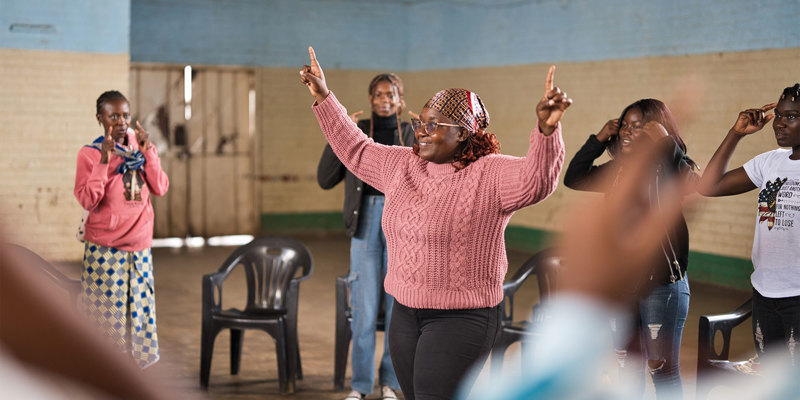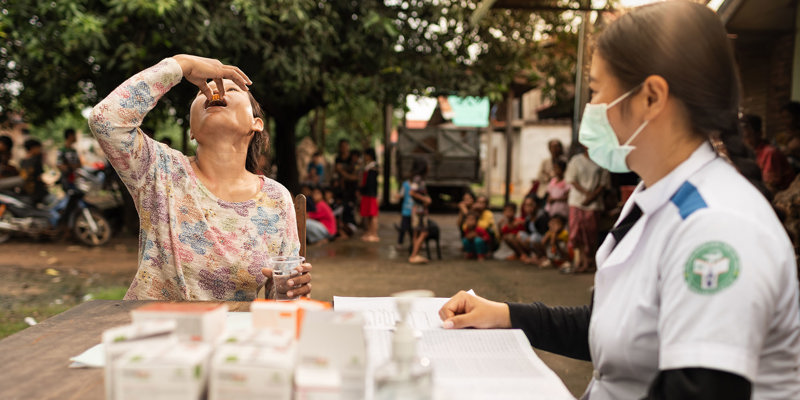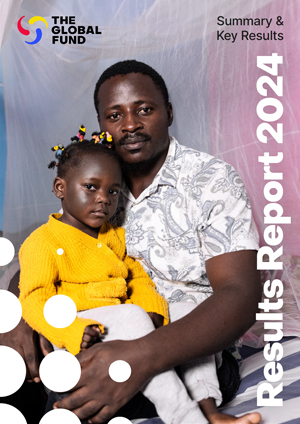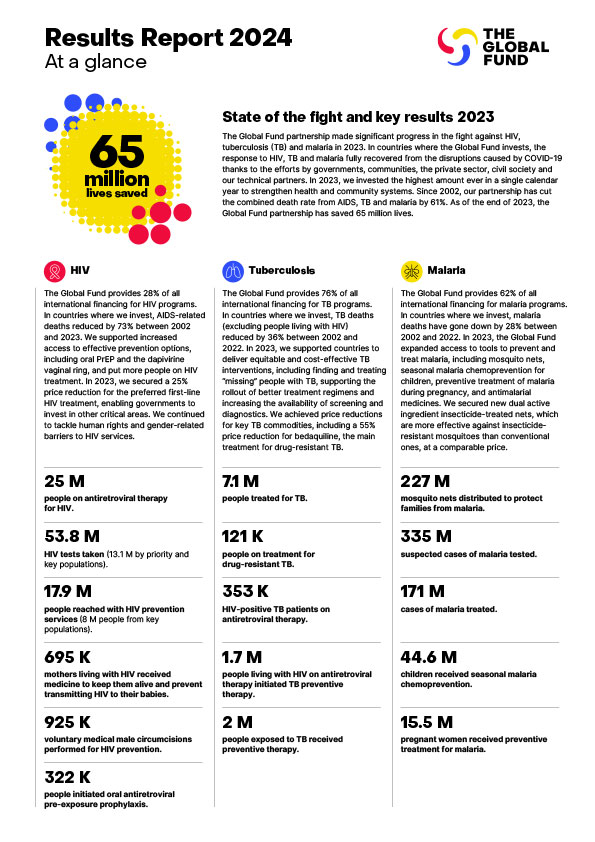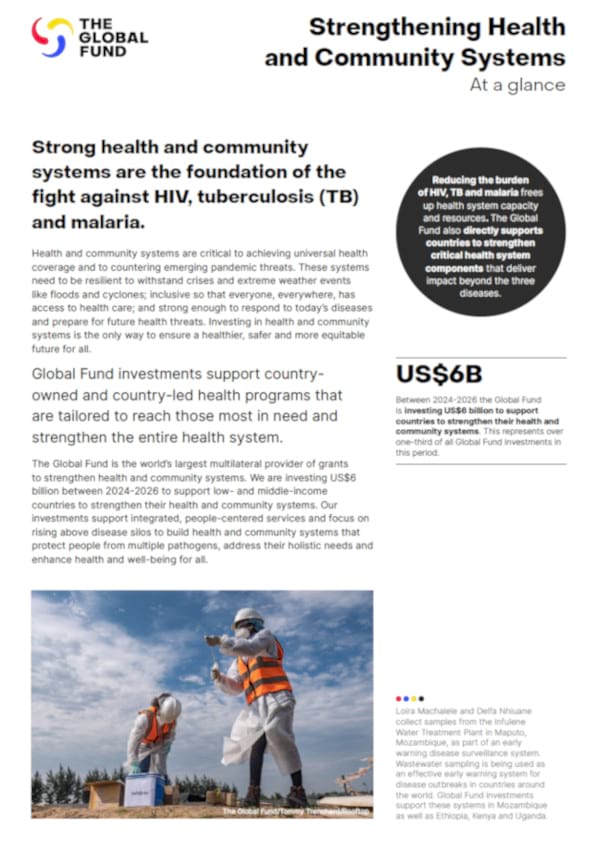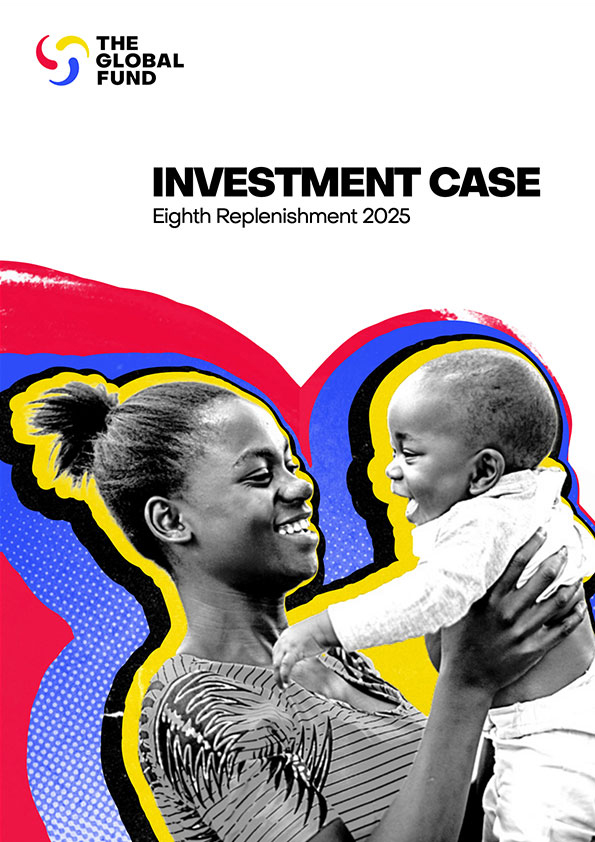Definitions
Sexual Exploitation:
Sexual exploitation is any actual or attempted abuse of a position of vulnerability, differential power, or trust, for sexual purposes, including, but not limited to, profiting monetarily, socially, or politically from the sexual exploitation of another.
Exploiting a position of power as a Global Fund employee or Global Fund implementing partner employee to receive any sort of sex act is sexual exploitation.
Examples of sexual exploitation include:
- Offering money, gifts or access to services in exchange for sex acts.
- Withholding or threatening to withhold services, or blackmailing in exchange for sex acts.
- Providing services in exchange for sex acts.
- Awarding a job in exchange for a sex act, or requiring a person to perform sex acts in order to keep and maintain a position of employment.
Sexual Abuse:
Sexual abuse is the actual or threatened physical intrusion of a sexual nature, whether by force or under unequal or coercive conditions.
Examples of sexual abuse include:
- Any sexual activity with a person under the age of 18 (a child), whether or not the child “agrees” or if there is a younger age of majority in a particular country.
- Unwanted kissing, grabbing, touching or rubbing of a sexual nature.
- Threats of any unwanted sexual act.
- Rape or attempted rape.
- Pressuring in a nonphysical way for sexual activities, for example, by harassment (repeatedly asking), guilt, threat, lies or intimidation (coercion).
Coercion refers to the use of threat or intimidation to compel someone to act in a certain way. In the context of sexual exploitation, abuse, and harassment, coercion can be used to pressure someone into engaging in sex acts without their full and actual consent. This can include situations where an individual in a position of power or authority, real or perceived, such as a doctor, health center staff member, or supervisor uses their influence to encourage or persuade a person to engage in sex acts in exchange for something of value, such as medication. Coercion can also involve the threat of physical force or violence to compel someone to engage in sexual activity against their will.
Sexual Harassment:
Sexual harassment is any unwelcome conduct of a sexual nature that might reasonably be expected or be perceived to cause offense or humiliation. This may involve any conduct of a verbal, nonverbal or physical nature, including written and electronic communications.
Examples of sexual harassment include:
- Commenting on someone’s appearance, sexual orientation or sexual practices in a sexually suggestive manner, when the receiving party is uncomfortable with the nature of the communication.
- Sending electronic communications of a sexual nature (including videos, pictures, etc.), when the receiving party is uncomfortable with the nature of the communication.
It is important to highlight that sexual exploitation, abuse, and harassment may occur between persons of the same or different sex and genders and does not depend on the sexual orientation of any party.
Terminology: Victim and Survivor
The terms “victim” and “survivor” are sometimes used interchangeably in the context of PSEAH. Both terms are important and have different implications.
The term “victim” is a term used to describe a person who has suffered harm and is generally used in legal language or by law enforcement. The term “victim” is preferred by some to illustrate the vulnerability and lack of autonomy inherent in sexual misconduct. The term “survivor” is generally used in civil society and similar organizations that provide support services to recognize the strength and courage it takes to overcome SEAH. The term
“survivor” aims to empower and de-stigmatize, focusing on a person’s resilience to negative experiences and not being defined by them. At the Global Fund, we use a combination of these terms, or “victim/survivor,” deliberately allowing room for anyone affected to self-identify as they feel most comfortable.
Victim/Survivor-Centered Approach:
A victim/survivor-centered approach seeks to maintain a victim/survivor’s dignity, safety, experiences, rights, needs and wants at the center of any actions taken.
In embedding trauma-informed response mechanisms, the Global Fund works to minimize the risk of a victim/survivor’s re-traumatization, equip responders with the tools to recognize and work through the debilitating effects of trauma, and disrupt the cycle of traumatization that risks derailing our ability to deliver on our mission.
When responding to complaints and allegations of SEAH and related abuse of power, as well as throughout any subsequent investigations, experienced, trauma-sensitive practitioners engage with victims/survivors in a manner that prioritizes listening, avoids re-traumatization and systematically focuses on their safety, rights, well-being, expressed needs and choices.
This victim/survivor-centered, trauma-informed approach seeks to empower the victim/survivor, giving them back as much control as possible, and ensuring an empathetic, respectful and individualized response in a nonjudgmental manner.
